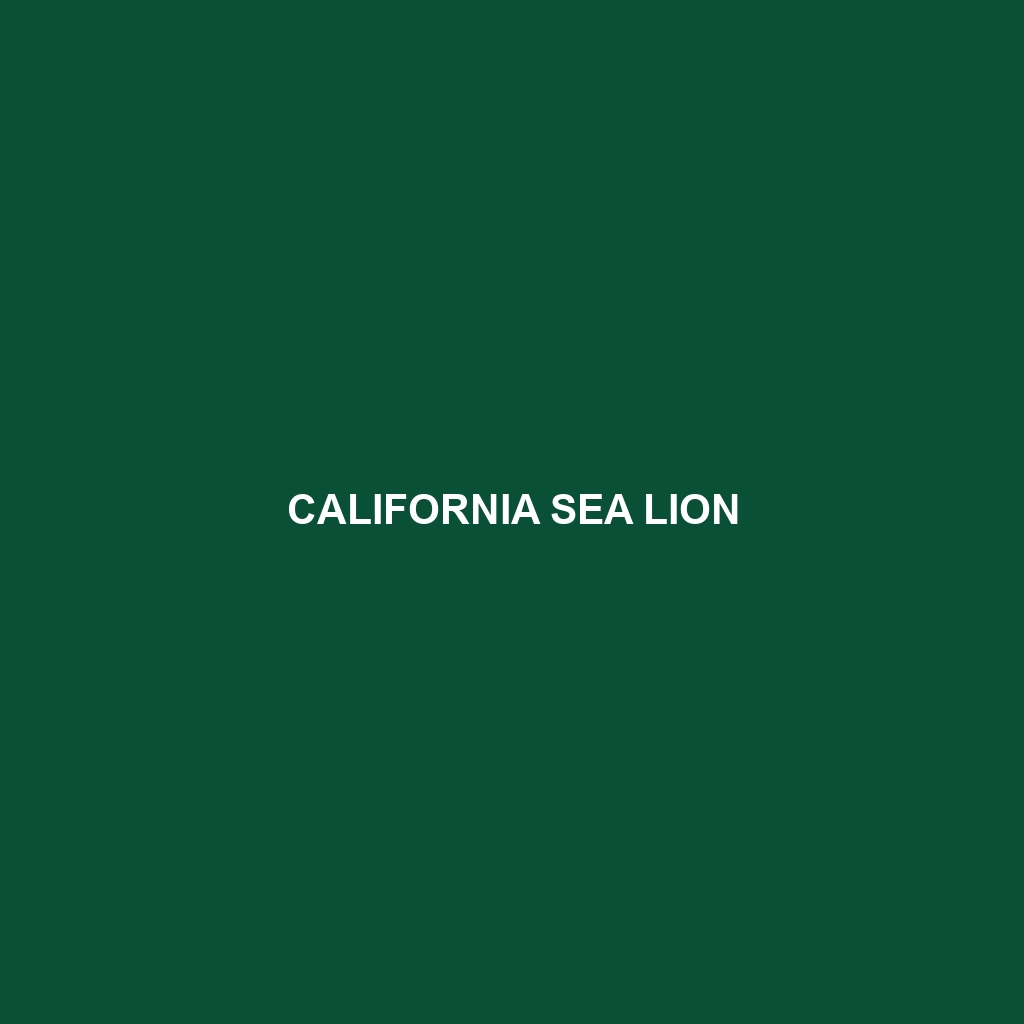New Zealand Sea Lion (Phocarctos hookeri)
Common Name: New Zealand Sea Lion
Scientific Name: Phocarctos hookeri
Habitat
The New Zealand Sea Lion is primarily found along the southern coasts of New Zealand, particularly around the sub-Antarctic regions. They inhabit sandy beaches, rocky shorelines, and nearby marine environments. Key geographic locations include the Auckland Islands and Campbell Island, where these sea lions breed and rest on the beaches in colonies.
Physical Characteristics
Adult New Zealand Sea Lions can weigh between 200 to 450 pounds, with males significantly larger than females. Males typically measure about 8 to 10 feet in length, while females are usually around 5 to 7 feet. Their fur color ranges from light brown to golden brown, and they have a thick neck and a stout body. One distinctive feature is the large mane found on male sea lions, which becomes more prominent as they age.
Behavior
New Zealand Sea Lions are known for their playful and social behavior. They are often seen lounging on beaches or engaging in vocalizations to communicate with one another. During the breeding season, which occurs in spring and summer, males establish territories and engage in vocal displays to attract females. These sea lions exhibit a mix of solitary and social behavior, as they forage and interact with other marine life while hunting.
Diet
The diet of the New Zealand Sea Lion primarily consists of a variety of fish such as flatfish, blue mackerel, and squid. They are known to dive to depths of up to 600 feet to hunt for their prey. Their opportunistic feeding habits allow them to adapt to available food sources, which is a key aspect of their survival in coastal environments.
Reproduction
New Zealand Sea Lions have a unique reproductive cycle, with females giving birth to a single pup after a gestation period of approximately 11 months. Breeding typically occurs from late November to early January. After giving birth, mothers nurse their pups for about 10 months, during which time they alternate between foraging for food and caring for their young.
Conservation Status
The New Zealand Sea Lion is currently classified as endangered on the IUCN Red List. Their populations have been threatened due to habitat loss, human interactions, and changes in prey availability. Conservation efforts are in place to protect their breeding habitats and mitigate threats from fishing practices.
Interesting Facts
One of the most fascinating aspects of the New Zealand Sea Lion is its adaptability; they can often be seen swimming in waters as cold as 10°C. Unlike many pinnipeds, New Zealand Sea Lions are known for their high levels of site fidelity, returning to the same breeding grounds year after year.
Role in Ecosystem
As apex predators, New Zealand Sea Lions play a crucial role in maintaining the balance of their marine ecosystem. By preying on various fish and squid species, they help regulate these populations, which contributes to the overall health of ocean ecosystems. Their presence also supports a number of marine species that rely on similar habitats for survival.
